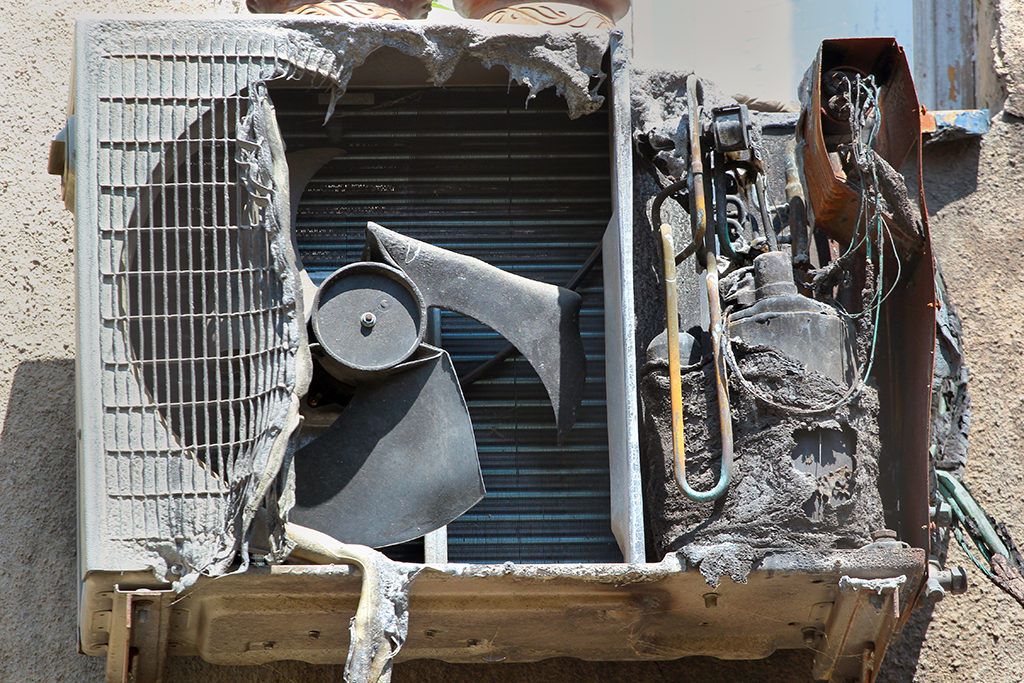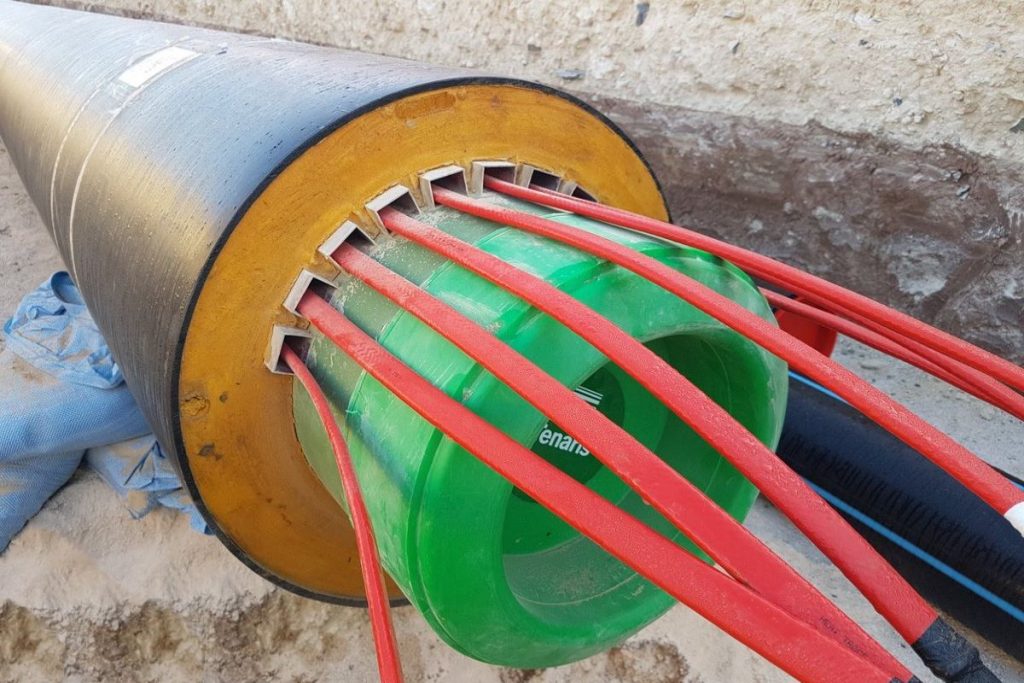Table of Contents
Home heating has always been a big issue across the world, especially in countries that experience months of cold weather.
In fact, the US Department of Energy says that heating and cooling make up almost 60% of the energy consumption in an average household.
Winter is a certain occurrence, and despite the plethora of home heating alternatives, many homeowners can’t seem to take the right steps to reduce their heating bills.
Perhaps most of them don’t know how.
If you’re a homeowner who’s looking to keep your home warm throughout the year without spending a fortune, read on.
Try these ideas to make heating more efficient and cut costs at the same time.
Improve your home’s insulation
Keeping your home well-insulated is the best way to prevent heat loss. It also provides ventilation which helps keep moisture manageable. Insulating the attic and walls is one of the most important steps of winter-proofing your home.
Just make sure that your plumbing and ductwork are all properly sealed before adding insulation. Otherwise, they would be at risk of leaking and consequently cause your energy bills to increase by as much as 30%.
Cut or chopped cellulose building insulation is one of your best options. It is treated with a fire-retardant chemical and can also repel insects.
You might have to spend thousands of dollars on insulation, but the 30% it will cut from your monthly energy bill means that you can expect a return on your investment in less than a year.
Check your windows and doors
If your home easily loses heat, you might want to look at your windows and doors. As much as 12% of total heat loss takes place around them.
Whether you have jalousies, casement windows, double-hung windows or any other type, there is a good chance that they are causing the rapid heat loss that makes your heating system work twice as hard.
One of the best ways to make your windows more conducive to a comfortable indoor temperature is to replace them with double-pane thermal alternatives. Single-pane windows tend to lose heat quite rapidly, since they don’t have the dead-air space that’s present in between the panes of their double-pane counterparts.
Your front door’s thresholds might also need attention. If you feel draft or see sunlight under the door, adjust the thresholds. They should be in contact with each other. Eliminate the gap by turning the screws and raising the threshold.
Just make sure not to make it too high that it gets in the way of the door. Don’t forget to check the weatherstripping around your doors and windows as well. If they are worn-out, they could also be letting cold air into your home.
Do you have a chimney? You might want to check that out too.
While we’re on the subject of areas around the home where heat is likely to escape, let’s discuss the chimney, a very prominent feature in many homes. Hot air goes up so the chimney is usually the number one escape route.
If your chimney has a functioning damper, check it to see if it is airtight. Reach out your hand into the duct and, if you feel draft, look into having a glass door fitted over the fireplace.
The damping systems of most fireplaces can’t be trusted to completely prevent air from entering or exiting the chimney. Putting a chimney cap is also not a practical solution, and hiring a contractor to retrofit the masonry can be very expensive.
You can also opt to leverage your fireplace instead of covering it up. Install a fireplace grate to increase efficiency and make fires start faster and radiate better.
Make smart decisions
Do you use a portable space heater? According to the US Consumer Product Safety Commission, that contributes to almost 60,000 fires every year. To avoid that hazard, you should look into other heaters, such an oil-filled one that resembles a radiator.
A good rule of thumb is to look for a new heater if your current one looks too exposed and you can touch its hottest area without much trouble.
And if you’re not on a tight budget, you can opt for something like a ducted reverse cycle air conditioning to cool and heat your home. It absorbs heat from inside the room to provide refrigerated cooling in hot weather and also keep your home warm when the weather outside gets too cold.
While you’re at it, you might want to start using energy monitoring software. There are lots of applications that let you monitor your energy use via a smartphone or computer.
Cut back on your hot water use
Homeowners are well aware that hot water systems use up a lot of energy. However, despite accounting for up to 25% of the monthly energy bill, water heaters are still heavily used in many households.
As a homeowner who’s looking to cut costs, this is something you should look into.
Consider reducing hot water use by replacing your showerheads and using faucet aerators so no water is wasted. You can also insulate the water heater tank and pipes to keep heat loss to a minimum.
Also, be sure to set the heater at a comfortable temperature. They are often set at 140 °F by default. This temperature can be scalding, especially for children and people with sensitive skin. Turn it down by 10 to 20 °F, and you can expect to save at least 3% every month on your heating costs.
Adjust the thermostat
Pressing a button or turning the dial of your thermostat is perhaps the easiest and quickest way to cut energy bills. Make the temperature 15 °F cooler when you’re asleep or not at home.
If your heater does not have a programmable thermostat, don’t think twice about buying one. It costs less than a hundred dollars and can save you as much as 20% in monthly heating costs.
You can also think new ways of heating like a wall mounted electric heater.
Basically, you just need to be smart and practical when it comes to heating. Heed these tips, and you can be sure about reducing your heating bill by 10% or more not just on chilly days, but also throughout the coldest days of winter.








